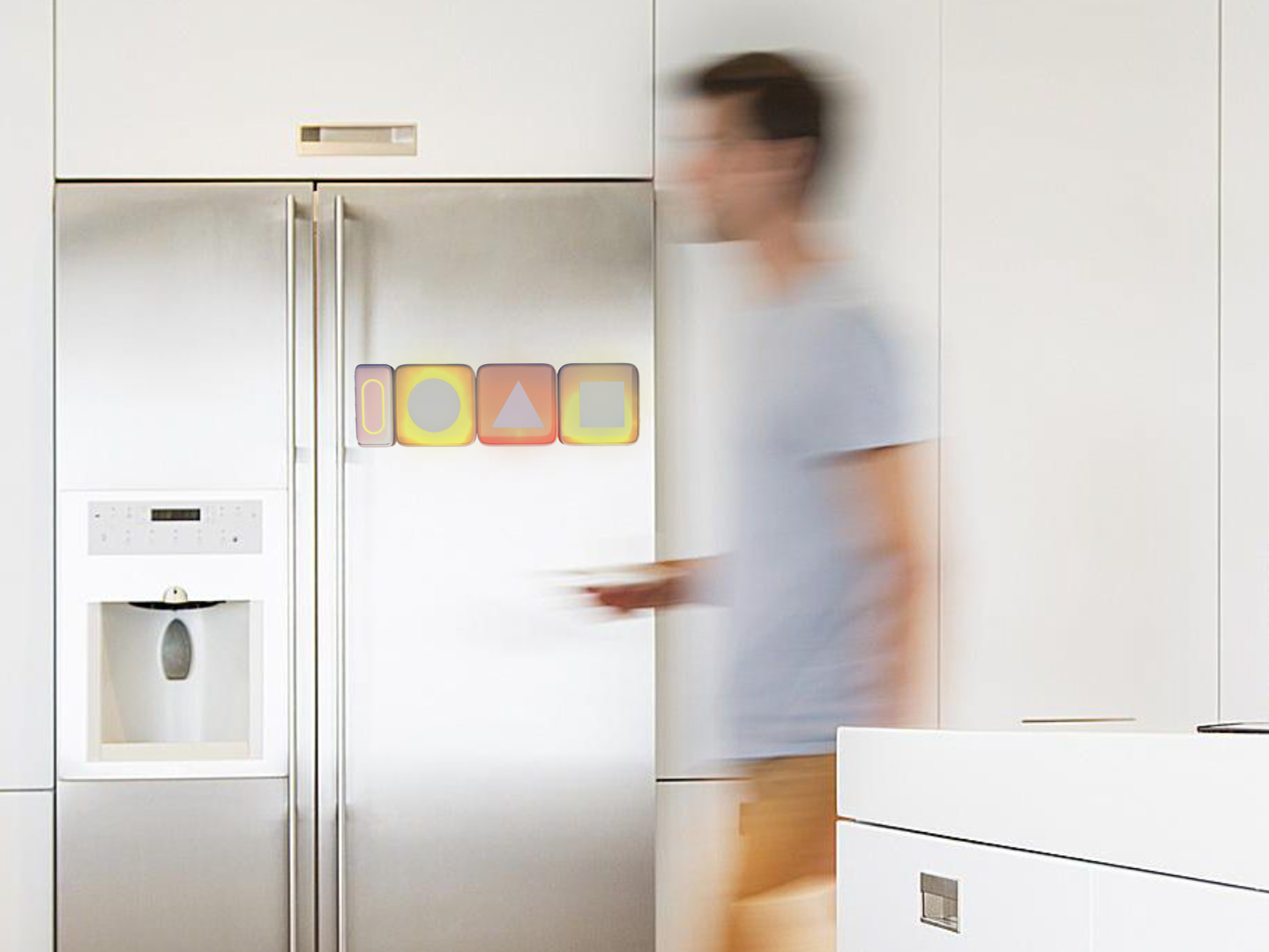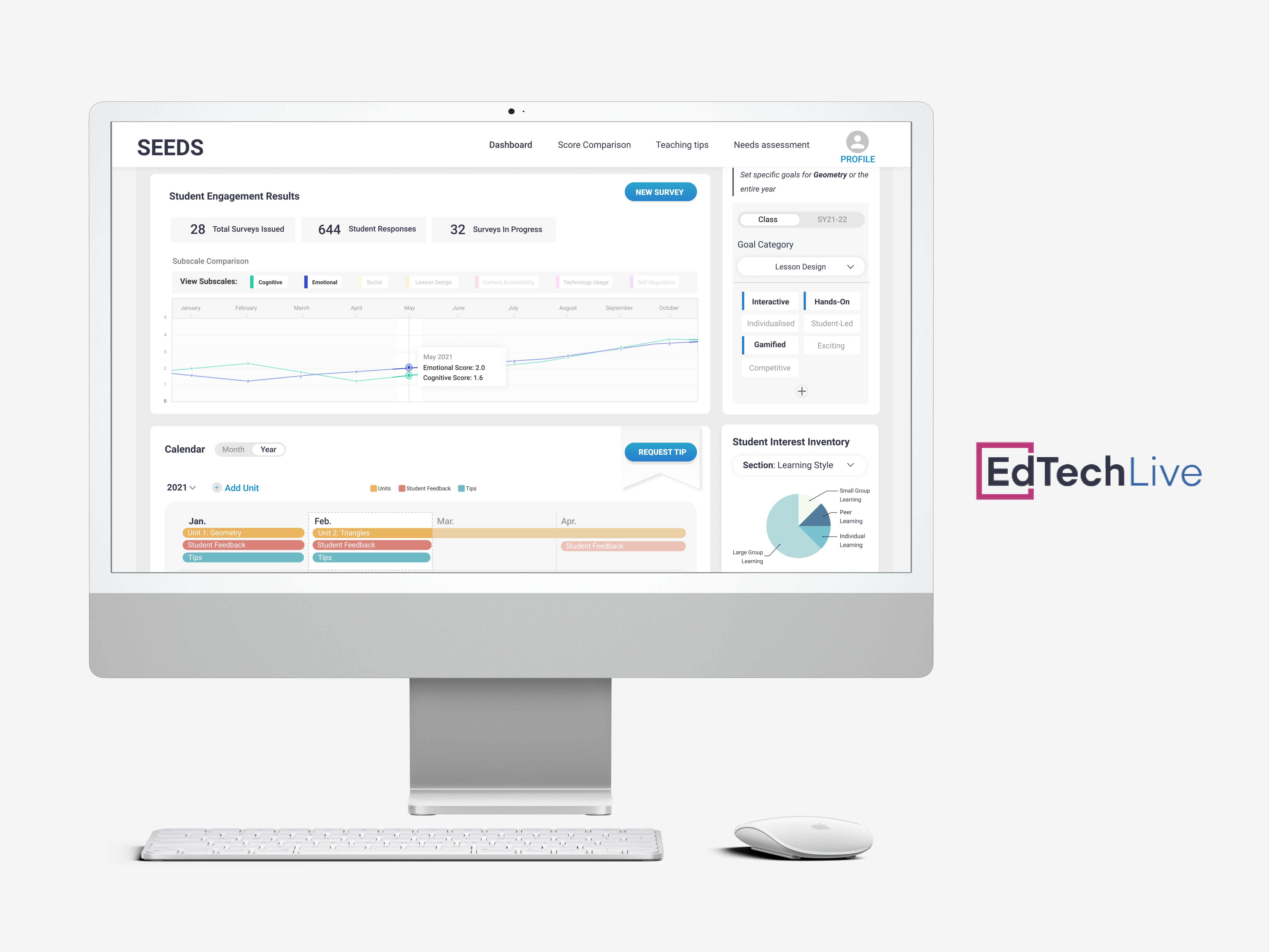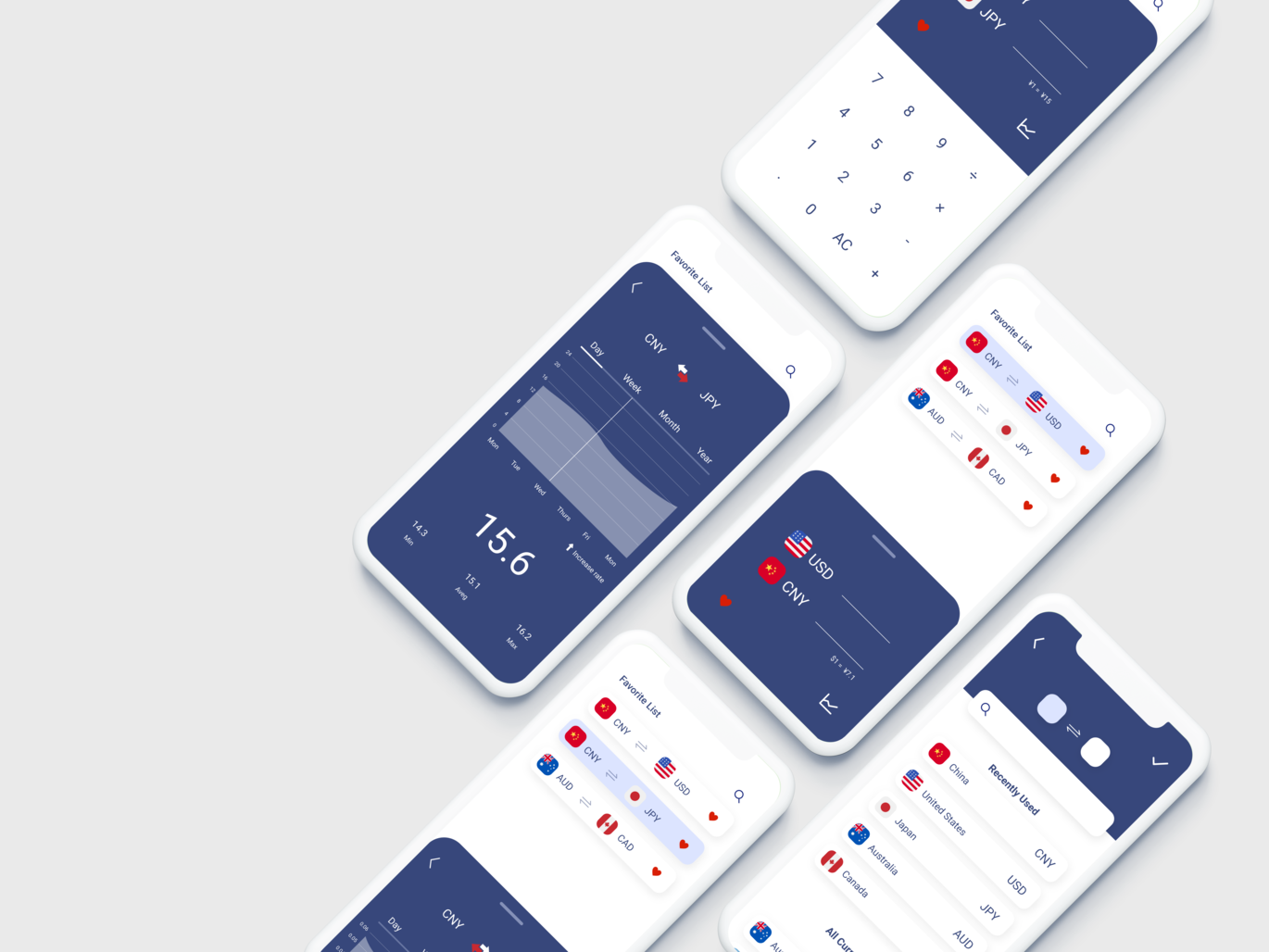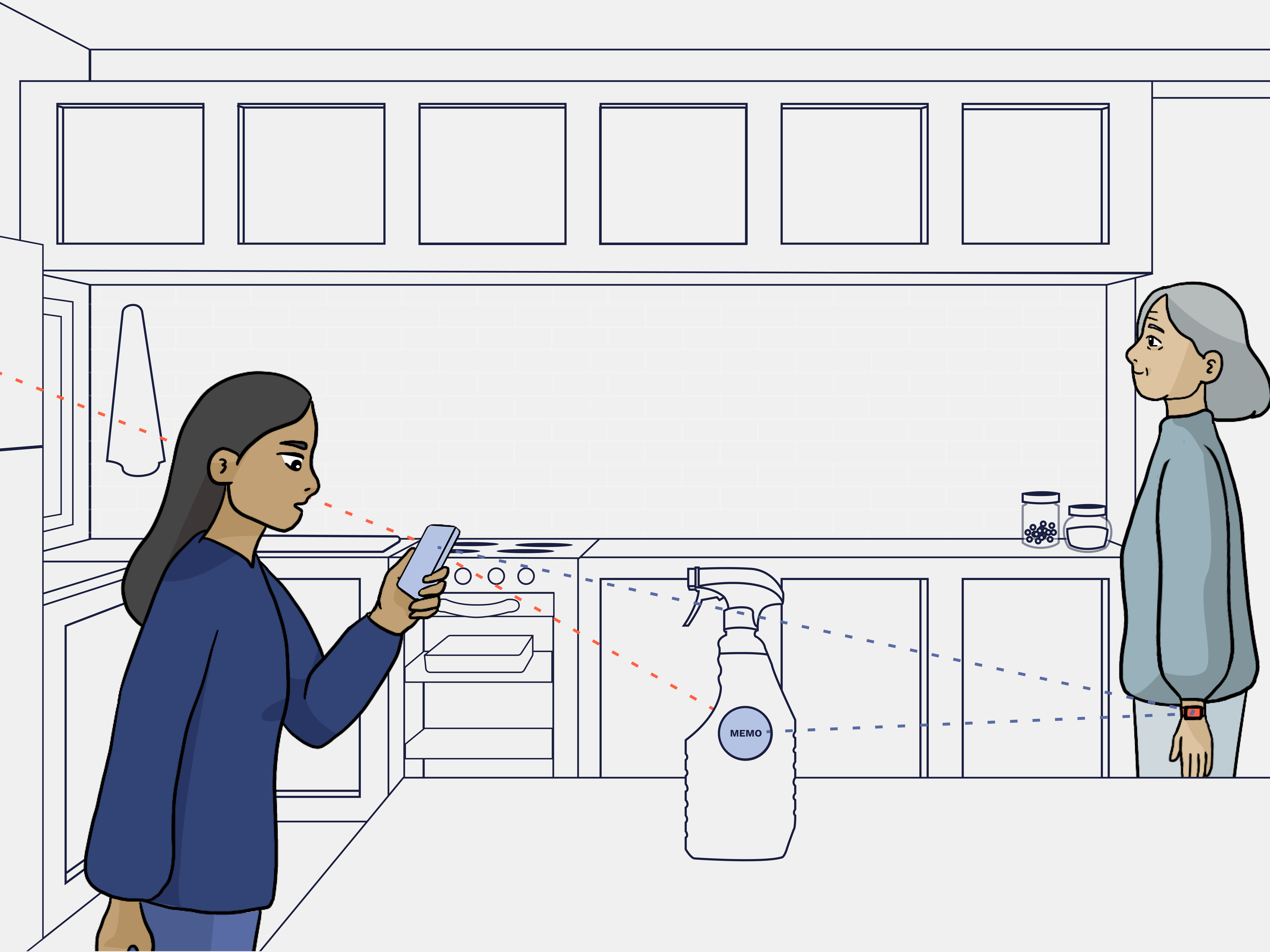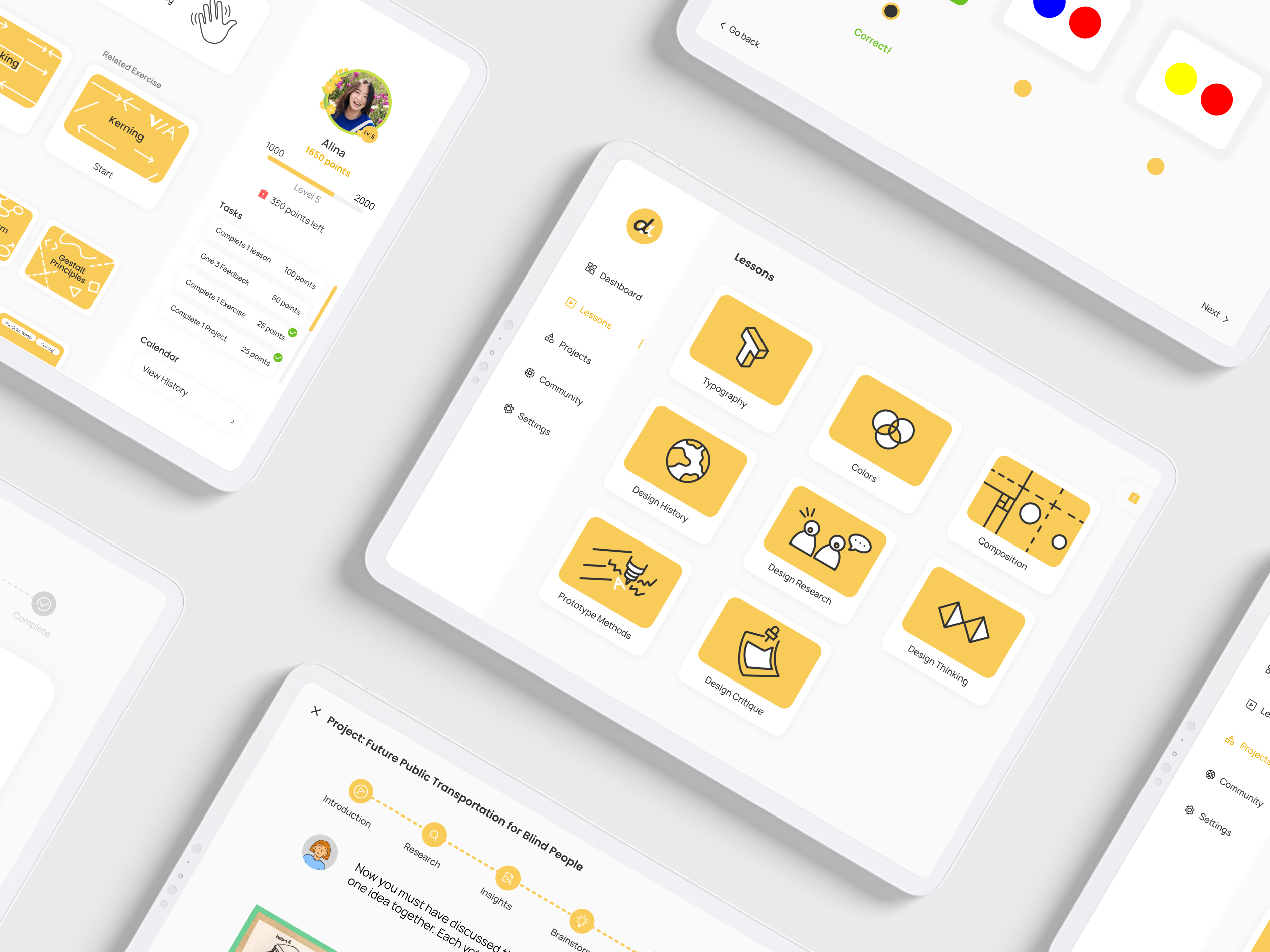Service Design for Burke Museum 2.0
A system that enhances parents and youth's learning and visiting experience with Burke.
DURATION Project 2.0 MY ROLE
8 weeks Individual Interviews
Project 1.0 Field Investigation
Jiayi Tang Service Blueprint
Julia Chao UI Design
Kit Chen
Annie Xu
Background
The Burke Museum of History and Culture highly values the learning experience of children and parents who is the major group of visitors. They aim to facilitate their learning and visiting experience through different kinds of activities, installments, and devices.
However, encouraging families to learn is a difficult task. Through research, we found out that the current Burke learning activities designed for children is distracting them instead of prompting them to acquire knowledge together as a family. There are also some disconnections between the visitors and exhibit information in the overall visiting experience.
About Burke
Type Public Museum
Theme Northwest Natural History and Culture
Location 4300 15th Ave NE, Seattle, WA, 98105
Response
Built with the understanding of the Burke Museum’s intention and the current museum experience of families with children, the system provides the family with a more smooth information exploring tour and a more efficient ticket buying process. It also encourages the family to actively engaged with the museum staff, museum exhibit content, and museum interactive devices through an adventure quest game that they can customize based on their interests. Attracting the family with game reward in the form of coupons and gifts, we want to help the museum to gain visitors’ multiple visits.
Process Overview
Research
Interview with Stakeholders
After the interviews with the museum staff (researchers, visitor services, blue and red lanyards volunteers, and managers), we had a better understanding of the museum’s visions.
+ "We wants to portray the museum as alive, breathing,
living, and active."
+ They hopes for visitors’s multiple visits.
+ They hopes for visitors’s multiple visits.
+ "If any technology has to be present in the museum, it
should add to the central focus of the Burke, which is to
be “alive.”
+ They designed activities and game (ex: Hidden Husky Hunt)
for children aiming to improve educational experience.
+ "We want children to learn and explore diverse
exhibits including those they are interested in
and those easy to be ignored. "
+"Children are sometimes too focused on doing
activities irrelevant to the exhibitions. "
+ "We are eager to answer visitor's questions and we want to
encourage children to discuss with us actively."
+ They wants to help visitors deeply understand the exhibit
content and learn.
Observation
On Infrastructure
We explored the museum installment, played the interactive devices, and engage in the museum's special activities. (Open door, activities for children, etc.) We found out that the museum has the following features:
On User Group
We explored the museum installment, played the interactive devices, and engage in the museum's special activities. (Open door, activities for children, etc.)
We found out that... The museum offers a variety of unique experiences crafted especially for families and youth. Family and youth is a major visitor group of the museum.
Define Target Group
We decided to focus our research on parents and youth.
Customer Journey Map
Secondary Research on Children Learning
We also looked at educational Apps and educational board games for children. Besides, we found articles on children learning and children's behaviors.
We found out that...
+ Positive reinforcement
Positive reinforcement helps motivate children to learn.
+ Interaction
Children learn best through a combination of exploration, interaction, and playing.+
+ Attachment
Creating associations of something foreign or boring with something familiar and interesting enhances learning.
+ Learn Together
children respond to exhibits well when they can talk to their parents about what they are seeing. Those interactions stretch children’s thinking.
Synthesis & Define
Opportunities & Overall Strategies
Design
System Map
Service Blueprint
Interfaces
Visual System
We decided to use the Burke Museum brand color as the main color of the app so that the app can fully reflect the brand identity.
01 On-boarding
After signing in to the account, users will read through several-pages on-boarding. It gives users a basic understanding of the museum vision, museum content, and museum activities. After the on-boarding, users enter the app's home page.
02 Explore the
Museum Content
From the home page, users can explore museum information categorized in exhibit type by floors. Users can favorite exhibits that they are interested in and it will be saved in their favorite list which they could access from the "my profile" page.
Since the users have not planned their visit or book tickets, they can virtually explore the museum through a museum map with information of popular exhibits from the central "Adventure Quest" entry on the home page. The users could then get a more solid understanding of the exhibits and ready to plan their visit.
03 Plan the Visit
With a basic understanding of the museum exhibits and activities. The users could book tickets entering through the "tickets" entry on the home page. After the tickets are purchased, they can choose a popular visit plan or customized their plan based on what they want to visit in this trip. This plan would then be connected with their Adventure Quest tasks: the tasks was generated based on what they have planned to visit or what they are interested in.
04 Do the Quest
After users have a solid plan for their visit, the adventure quest would be generated based on their plan. The quest would be activated when users have arrived at the museum.
In each quest, there are 12 tasks in total. Users will receive a sticker after each task's completion. The questions for the tasks was designed based on 3 principles: Interaction within the family, Interaction with staff, and Interaction with museum devices.
Users will receive a sticker after each task's completion. And during the quest, the app will instantly reminder users when time of the activities that they have scheduled are up.
When user want to go back to the main page without quitting the quest, they could choose "save progress" and they could continue whenever they want. If they choose "quit the quest" or all of the 12 tasks have been completed, they will not be able to go back to the quest.
After the completion, their achievements of the quest will be saved in the "my profile - quest achievement" page.
05 View Visit History
At "my profile" page, users can check their visit plan, quest achievement, their favorite list, and coupons. The quest achievement pages shows their overall e-credits they have accumulated through all of the quests, from which they can exchange for gifts or coupons. They can also see details of each quest including the stickers. In addition, they could also review the knowledge and test their understandings through a knowledge quiz which was generated from each individual quest.
Next Steps
+ Usability Testing
+ High-fidelity Prototype
